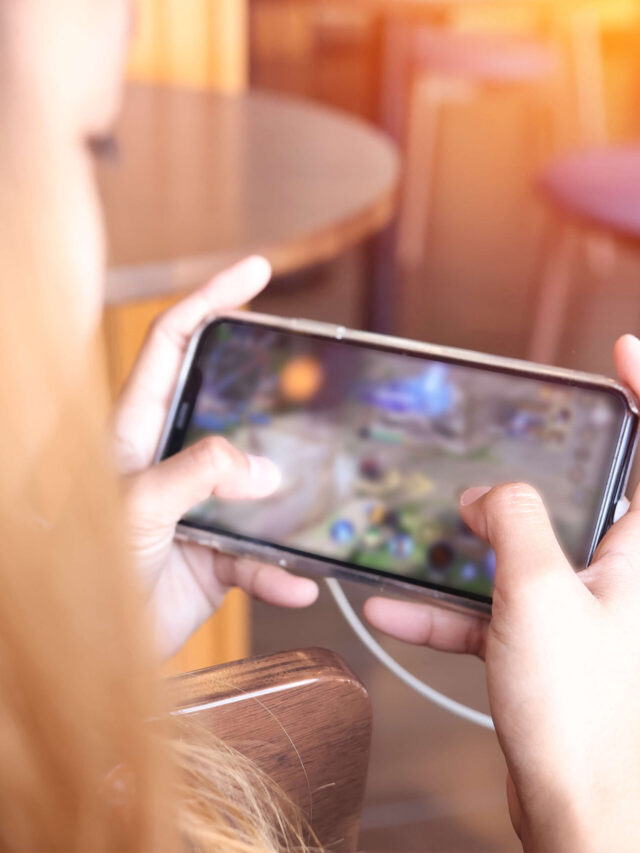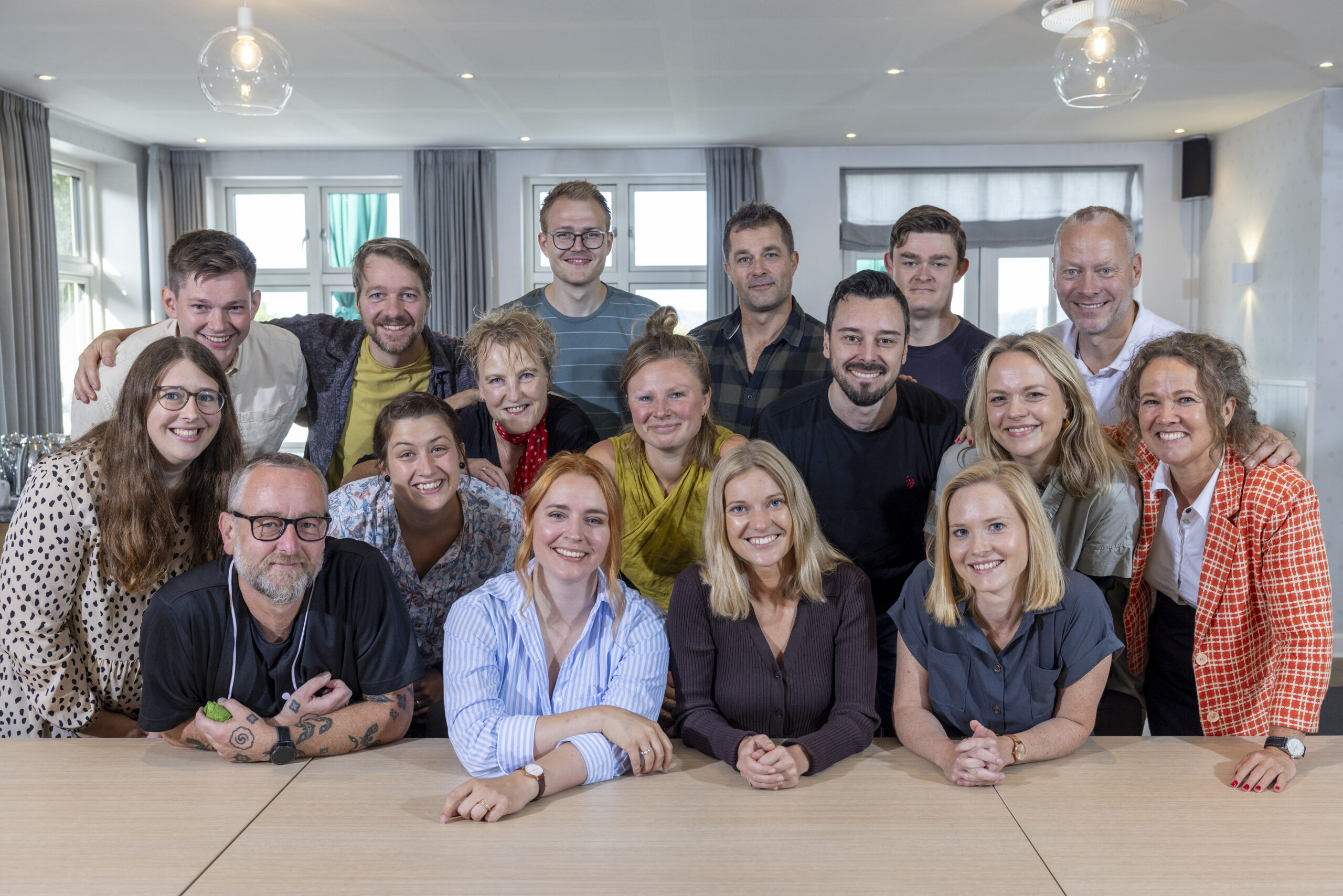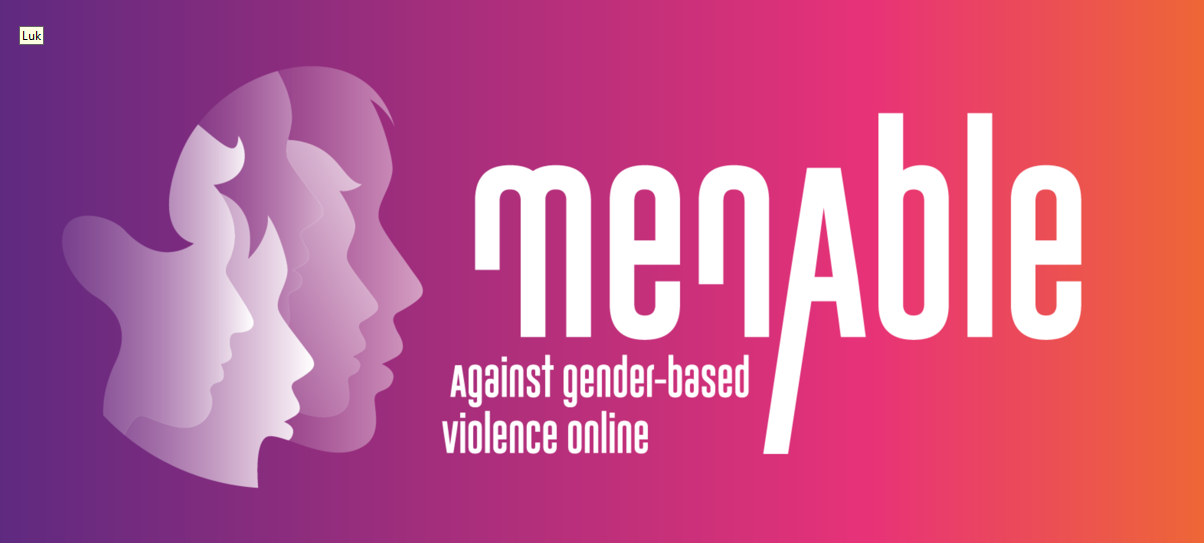Tools for a better Internet
Translated to English. The original post was written by Kristian Lund, Project developer at Center for Digital Youth Care: https://cfdp.dk/redskaber-til-at-skabe-et-bedre-internet/
It’s Safer Internet Day, (February 11, 2014) and Center for Digital Youth Care would like to use this opportunity to tell you about some of the tools we have developed or contributed to develop. We have used teaching resources, videos, teacher’s guides and other pieces of inspiration to describe the safest and best use of Internet. The discussion with children and young people about their use of the web is what we see as the most important thing, and the tools we will go through are based on the idea that a better and safer Internet is not created by hardware and codes, but education among users.
The Digital Mirror
One of the things we contributed to develop is “The Digital Mirror” www.detdigitalespejl.dk a project for schools about social media. For example there are three scenarios on Internet ethics for middle school and up. There is a presentation and a teacher’s guide for discussing the following subjects in class:
- The digital community: What it means to be social online?
- The digital footprints: What does it mean when one leaves traces on the web?
- The digital identity: You draw a picture of yourself when you type
Mobile phones against Bullying
The idea of this project is to give students responsibility for discussing the issue of digital bullying in class and at school. Students themselves develop, film and edit campaign films and share them at school. This way, they are involved as senders and bring awareness to a hard topic in an innovative manner, which is directly relevant for the issue. With “Lommefilm”, our partner in the project, there is still wide opportunity to upload the films on their website (www.lommefilm.dk ) and for the project we have written a teacher’s guide that goes through the process step by step.
Online4ever
Online4ever is the result of a forum theater project we ran with the children’s theater Filuren. The result is 9 short films showing a situation and a problem that can be used to initiate a discussion in class. You can watch the nine films here: (https://www.youtube.com/playlist?list=PLD19B86A37FB98DEE ) and read the Danish teacher’s guide here. (https://cyberhus.dk/sites/default/files/Laerervejledning.pdf )
Digital Dialogue
The Digital Dialog booklet is the result of last year’s Safer Internet Day when we invited teachers from all over the country to contribute with the knowledge of digital dilemmas they faced in their line of work. It is based on these digital dilemmas that the Digital Dialogue booklet is put together in the shape of a roadmap that can guide schools to find their own answers and make their own rules and guidelines. Therefore, it includes inspiration for parent meetings, how to listen to students and staff and a lot of questions that schools need to consider.
Learn more and download the material here. (www.digitaldialog.dk )
Digital Well-being
Last but not least, we have published the book “Digital Trivsel” (Digital Well-Being) which is specifically addressed to those who work with vulnerable children and youth. The book deals with the pitfalls that the more vulnerable children and youth can easily fall into. At the same time, it gives a broad introduction to how the Internet can be used for better or worse by the young people who is facing hard times and who need help to draw the lines.
Download the first chapter for free right here (https://cfdp.dk/wordpress/wp-content/uploads/2013/08/Digital-trivsel-Uddrag-kapitel-1.pdf ), and learn more or order the book on www.digitaltrivsel.dk
]]>



Hvis du vil sætte et par ord på din feedback, vil det hjælpe os rigtig meget til at forbedre vores indhold.